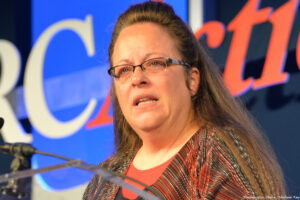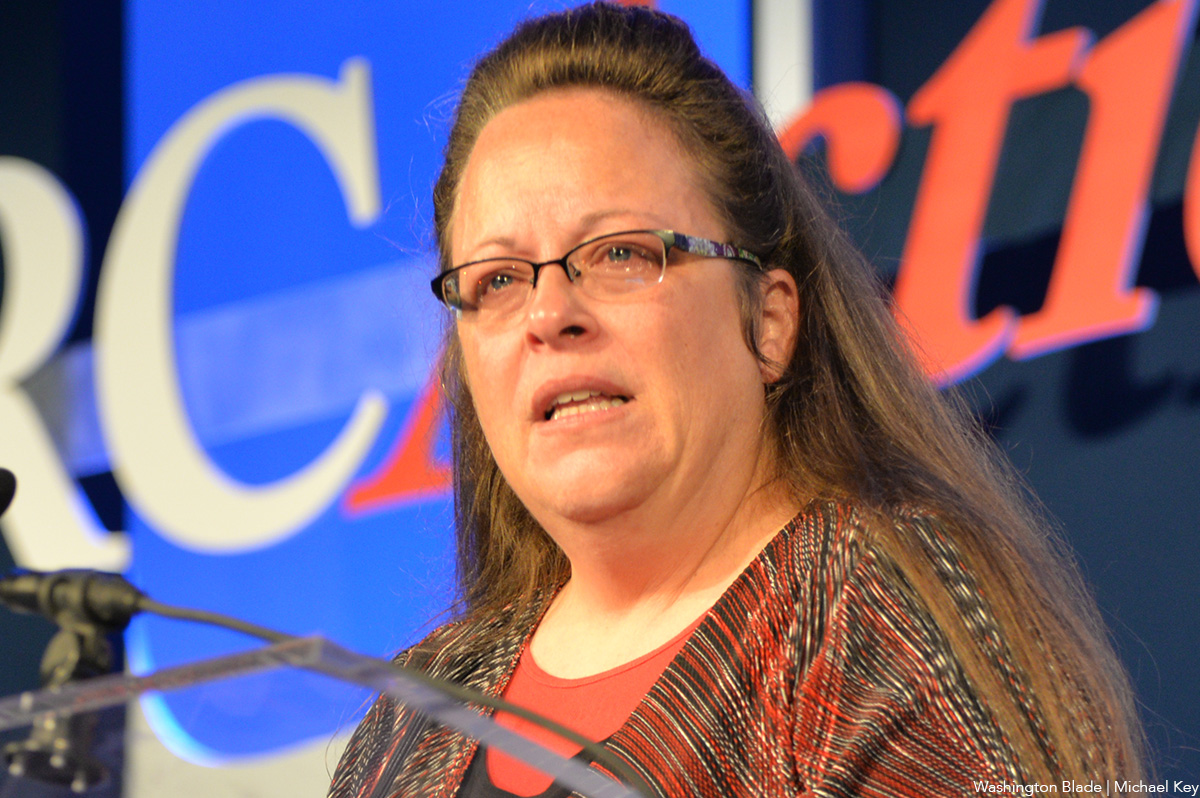Kim Davis and the Supreme Court: A Turning Point in Marriage Equality
The name Kim Davis is synonymous with a pivotal moment in American history relating to marriage equality and LGBTQ+ rights. Her story has been a subject of intense debate since she made headlines in 2015 when she, as a county clerk in Kentucky, refused to issue marriage licenses to same-sex couples. This article delves into the implications of her actions, how they intersected with the Supreme Court’s rulings on marriage equality, and what this means for the future of such rights in the U.S.
Understanding Kim Davis’s Role in the Supreme Court Drama
Kim Davis’s defiance came shortly after the landmark Supreme Court decision in Obergefell v. Hodges in June 2015, which legalized same-sex marriage across the United States. This decision was celebrated by many as a significant advance for civil rights, ensuring that LGBTQ+ couples could enjoy the same legal recognition and benefits that heterosexual couples had long taken for granted.
Davis, however, found herself at a moral crossroads. As a deeply religious individual, she believed that issuing marriage licenses to same-sex couples would conflict with her religious beliefs. Consequently, she chose to stop issuing marriage licenses altogether, effectively halting a critical public service that affected many couples eager to legalize their unions.
The Legal Consequences of Davis’s Actions
Davis’s decision led to significant legal battles that captured national attention. Her refusal to comply with the law resulted in lawsuits from same-sex couples who sought marriage licenses. These couples argued that Davis’s actions were discriminatory and denied them their rights, as affirmed by the Supreme Court.
In September 2015, after a series of court rulings in favor of the plaintiffs, Davis was jailed for contempt of court for refusing to issue the licenses. Her detention raised questions about the limits of religious freedom and governmental duty; it ignited fierce public discourse around the role of religious beliefs in public office.
The Supreme Court’s Stance
As legal scholars and activists analyzed the implications of Davis’s defiance, the Supreme Court was largely silent on her case directly. However, the implications of her actions reverberated throughout subsequent rulings and debates concerning religious freedom and LGBTQ+ rights in the United States. Many experts argued that her case marked a significant turning point in the national conversation about the intersection of personal beliefs and public service.
Continuing Impact on Marriage Equality and Religious Freedom
Fast forward to the present day, and the implications of Davis’s stand against same-sex marriage continue to influence discussions around marriage equality. In 2025, the Supreme Court is being urged to reevaluate the foundational rulings related to marriage equality, with some advocating for a rollback of rights that have been firmly established since Obergefell. This ongoing dialogue highlights the precarious nature of civil rights and the continual struggle for equality.
The impact of Kim Davis extends beyond the courtroom. Her actions sparked a movement for many who felt that their religious rights were being infringed upon by the rise of same-sex marriage. As a result, organizations and activists have emerged advocating for the right to refuse service based on religious beliefs. The broader implications of her case challenge the idea of how to balance religious freedom with anti-discrimination laws, igniting debates among lawmakers, citizens, and businesses alike.
What Lies Ahead for Marriage Equality?
The landscape of LGBTQ+ rights, especially concerning marriage equality, remains dynamic. With ongoing challenges to established laws and regulations, and potential reconsideration of earlier Supreme Court rulings, advocates for LGBTQ+ rights are at a crossroads. The seeming revival of debates seen in the wake of Kim Davis’s refusal continues to shape the legal terrain. The potential overturn of landmark rulings on marriage equality raises concerns not just for the LGBTQ+ community but for civil rights as a whole.
In the current climate, many are left wondering if the protections established for same-sex couples will remain intact or if further legal battles are on the horizon. These questions press hard against the fabric of inclusive policies that have been sought by myriad communities across the nation.
Public and Political Reactions
Public reactions to Kim Davis’s stand were sharply divided. Supporters praised her for her faith-based convictions, arguing that she was standing up for her rights as a religious person. Conversely, opponents highlighted the need for government officials to uphold the law, regardless of personal beliefs, especially when the law aims to protect marginalized groups.
The political implications of her actions have continued to echo through the years, with politicians and political groups leveraging her story to galvanize support for various causes—both pro and con regarding religious freedom and LGBTQ+ rights. This divide illustrates the ongoing challenges that marriage equality advocates face in the political arena.
Conclusion
Kim Davis’s story serves as a crucial case study in the ongoing struggle for marriage equality and the balancing act between religious freedom and civil rights. As we approach future Supreme Court cases with profound implications for the LGBTQ+ community, it’s essential to reflect on the past and understand the consequences of refusing to comply with laws established by the highest court in the land.
As discussions continue to evolve, one thing remains clear—Kim Davis’s actions and their aftermath will remain a pivotal chapter in the narrative of marriage equality in the United States. The outcome of the Supreme Court’s considerations in the coming years will further shape the discourse around these essential rights and the reach of religious freedom in the public square.








